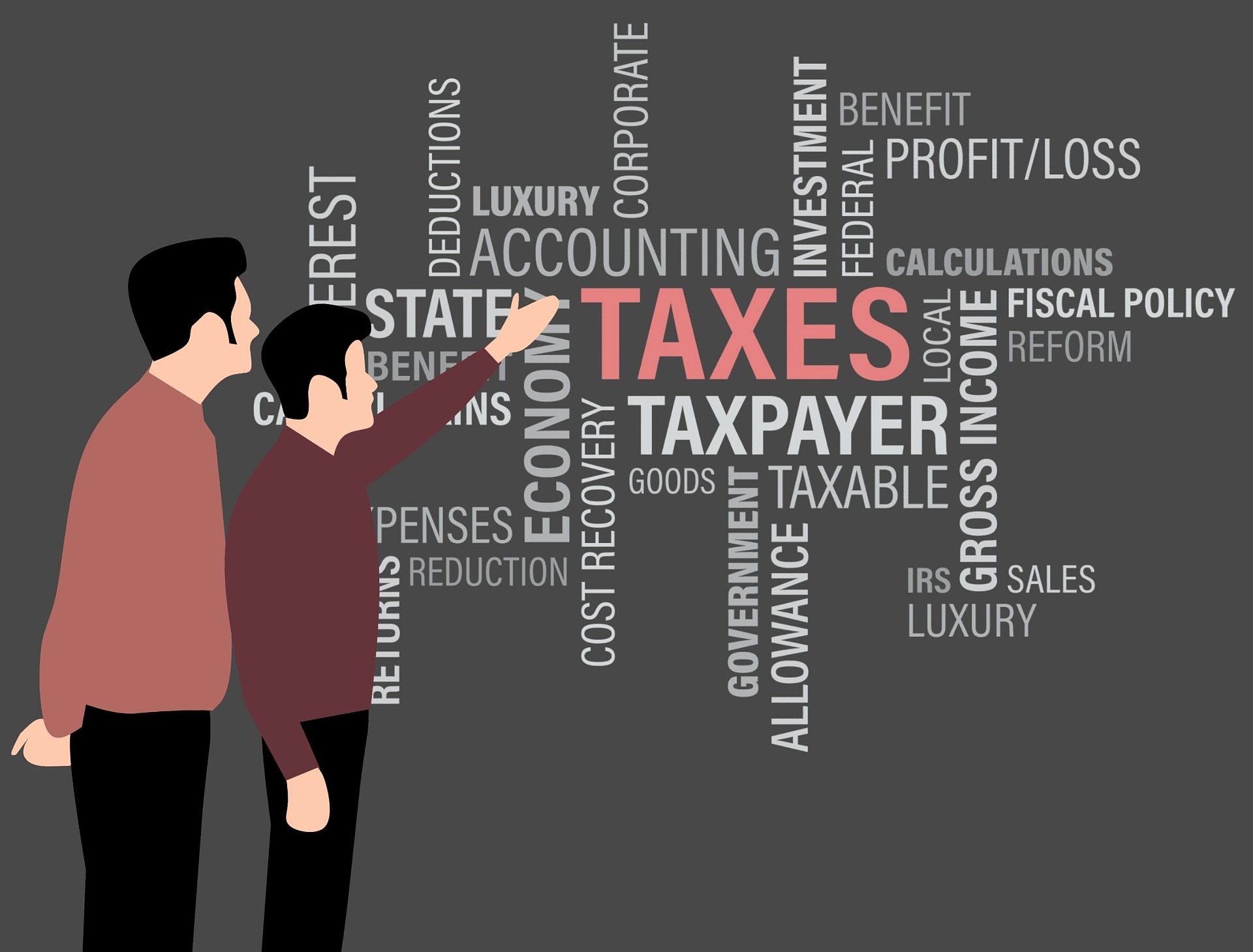Remember when business suits, pantyhose, ties, and silk scarves were the norm for business attire? If you do, you are in the minority. In most small businesses one is more likely to see leggings and flip flops over suits and ties. So, what is too far when it comes to casual dressing at work? Does what one wears even matter anymore?
The Rise and Fall of Casual Friday
In the past, casual Friday was a way to let your employees let loose a bit and have a day off from the (expensive and often uncomfortable) act of dressing up. Then, casual Friday gave way to business casual everyday. Much ado was made about defining the borders of business casual, just in time for athleisure wear to sweep the market. Now yoga dress pants and the suitsy (yes, that is a onesie for men that is also a suit) has us scratching our heads wondering what went wrong.
But have things really gone wrong?
Look Closer
Times change. Fashions change. What is acceptable to wear has changed. If things never changed, ladies would still be in corsets and men would still be in top hats. When it comes to your small business, the question is not whether everyone needs to suit up. It’s whether or not you and your employees are representing your brand.
For example, if you are selling widgets from a parts counter, a suit is not going to inspire confidence in your customers. However, if you are selling professional legal services, tight leggings and flip flops are going to drive serious business away.
Set aside the suit and linen blouses and ask yourself these questions instead:
(a) Does the dress code reflect our brand and the image we want to present to our customers?
(b) Is the dress code safe for my employees (you may need steel toed shoes, for example, if your front-of house-staff must enter the warehouse to pull orders).
(c) Is the dress code inclusive for people of different faiths, cultures, and orientation?
(d) As the boss, do I model the dress code? Am I walking the walk and talking the talk?
Setting the Standard
Hey, we get it! In this politically charged climate where human rights and freedom of personal expression are finally taking centre stage, nobody wants to be the boss that demands the ladies cover up and the men find a tailor. It doesn’t have to come to that! However, you do not have to feel embarrassed or fearful of having a standard for your employees. It could be as simple as ensuring your staff wear closed toed shoes and asking that none of the employees – male or female – come to work in gym gear.
Note that this gives your team plenty of options. Those yoga dress pants look far more like business wear than leggings and a blouse ever could; and, if a guy shows up in a suitsy, nobody would be the wiser. A RompHim on the other hand – well, we will leave that up to you!

Relax and Get Comfortable
Unless the corporate culture is that of a high-rise office in the finanical district where personal competition is as fierce as professional gain, relax. A less formal dress code that still accounts for looking professional is where it’s at these days. Think first about how you want your customers to view your company. Think also about ensuring your diverse staff can appropriately express themselves. And don’t think so much about the suit or the button down shirt. Looking professional is not always equal to a suit anymore.
AF Accounting is here for small businesses in Canada with bookkeeping, cloud-based accounting, virtual CFO services and more. Stay tuned to our blog for the latest things you need to know from CRA and Revenu Québec, and for more small business advice.











